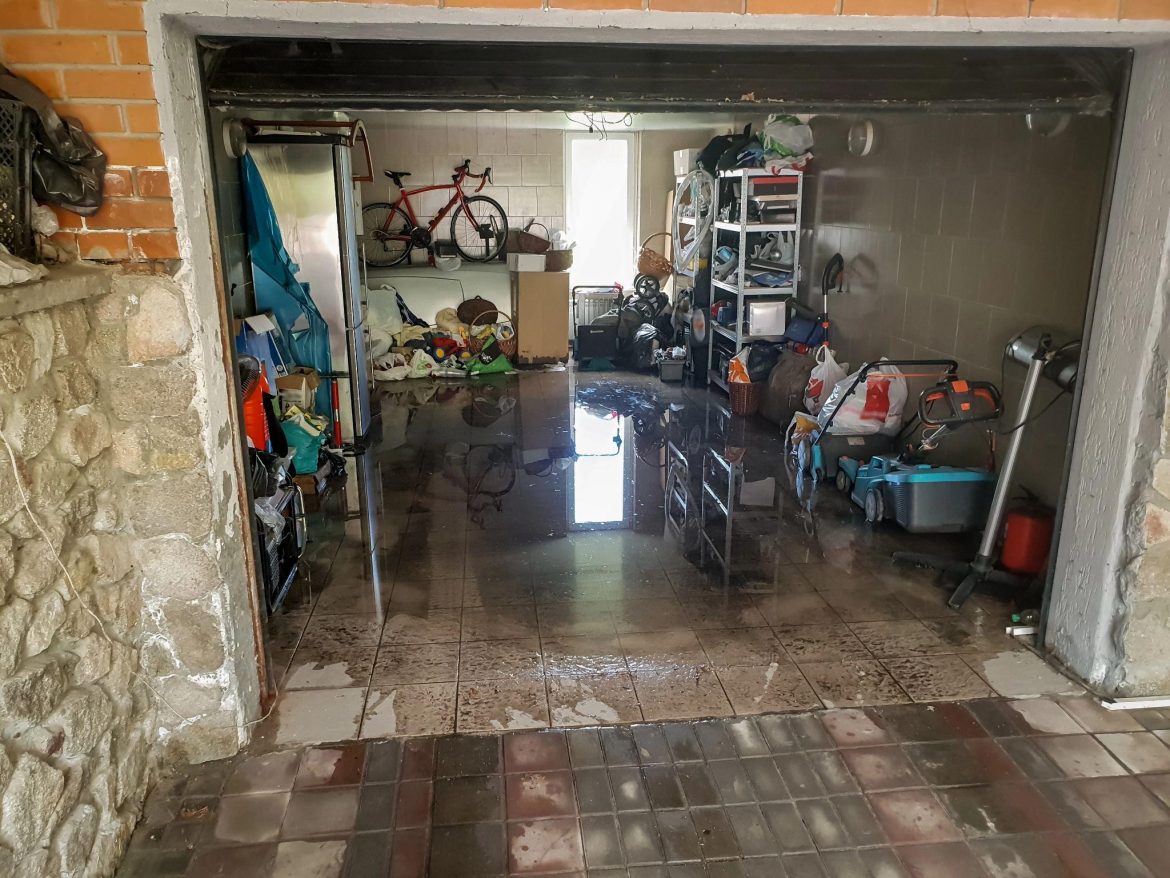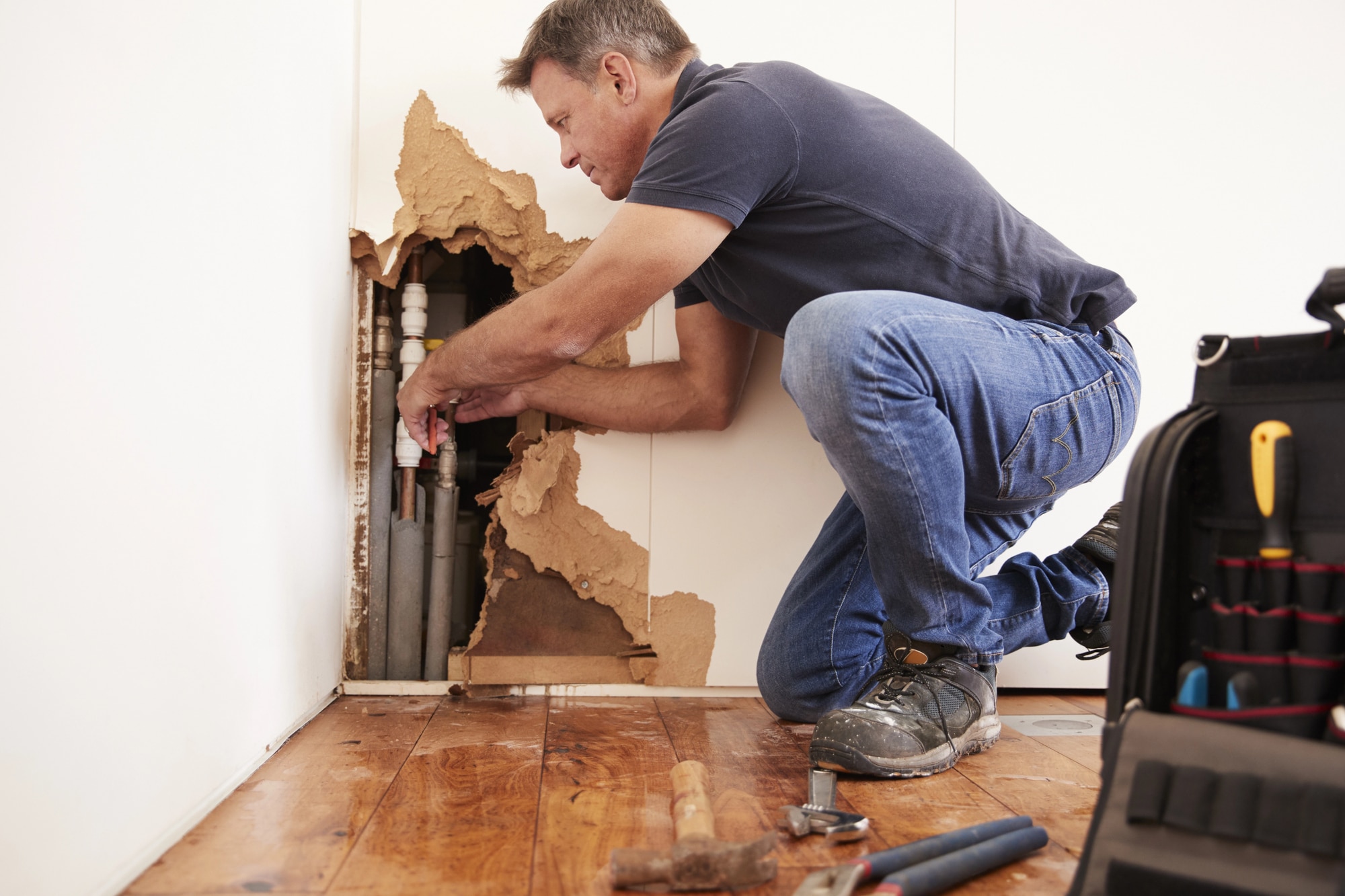In recent years, the frequency and severity of water damage to homes have significantly increased due to extreme weather events and aging infrastructure. These incidents can range from sudden torrential downpours to persistent leaks from worn-out water pipes, all leading to substantial structural and cosmetic damage to a home.
Such damage isn’t merely inconvenient; it can also be financially draining to homeowners. Research indicates that property owners may spend thousands of dollars on repairing the fallout from water damage, making insurance critical for safeguarding their finances. Water damage insurance comes as a saving grace, providing coverage against certain water-related perils and helping owners recover from financial setbacks.
Water damage insurance is typically designed to protect homeowners against sudden and unexpected water-related occurrences. For instance, it may cover the cost of repairing or replacing property damaged by a sudden pipe burst, leaky appliances, or an abrupt wind-driven rain. However, the specifics of coverage differ depending on the terms set by the insurance provider, necessitating a thorough understanding of what is included in a homeowner’s policy.
There are several benefits linked to having comprehensive water damage insurance. Alongside providing financial assistance for unexpected repair bills, it can also expedite the restoration process, making a home habitable in a shorter span of time compared to self-financing the repairs.
Identifying Types of Water Damage Covered by Insurance
While it’s crucial to have insurance, equally important is the understanding of what it covers. In general, standard home insurance policies provide coverage for sudden and accidental water damage. This means unforeseen incidents like a pipe abruptly bursting, a washing machine overflowing, or damage incurred by heavy rainfall.
Contrastingly, the insurance usually does not cover gradual damage—which typically occurs when minor issues, ignored over time, escalate into substantial problems. For example, policy providers are unlikely to cover damage resulting from an ignored small leak in a water pipe that eventually becomes a source of serious water damage.
Homeowners should pay particular attention to the choice of words in their insurance policy contracts. ‘Overflow,’ ‘discharge,’ ‘accidental discharge,’ and ‘perils insured against’ are terms that significantly affect the interpretation of coverage. For instance, while an ‘overflow’ (as a result of a sudden and accidental event) might be insured, a slow ‘discharge’ (from lack of maintenance) that has persisted over weeks may not be.
Moreover, policyholders need to be wary of exclusions that might apply to their insurance policy. A common exclusion in many insurance policies is flood damage. While heavy rain penetrating a home may be considered water damage, widespread flooding affecting many homes typically requires separate flood insurance. This distinction makes understanding the terms of a policy paramount to avoid misinterpretations and assumptions.
Navigating the Claims Process: A Step-by-Step Guide
Filing a claim for water damage can seem daunting, but understanding the process and taking the right steps can make it manageable. Should water damage occur, the immediate action should be to put a stop to the water source; this may involve shutting off the water main or calling a plumber to halt a leak.
Upon securing the property, the next step would be to document the incident and its impact meticulously. Homeowners should take snapshots of all areas affected by water, noting any property damaged. Capturing these details as soon as possible ensures you have strong evidence to back up your claim.
Once the situation is under control and the damage documented, homeowners should approach their insurance providers without delay. Presenting the incident’s detailed records and images to the insurer can expedite the claims process. During interactions with insurance adjusters, being transparent and unambiguous is integral for fairer settlement.
The claim settlement process can differ between insurance providers. In general, an insurance adjuster inspects the damage, scrutinises the homeowner’s documentation, matches it against the policy terms, and then determines the insurance payout. These processes can sometimes unfold over weeks or even months. While it is important to exercise patience, keeping consistent communication with the adjuster and seeking ongoing updates can prevent unnecessary inconvenience.
Understanding the insurance basics for water damage claims is paramount for ensuring a fair settlement. Therefore, homeowners should re-familiarise themselves with the terms of their policy and actively engage in their claims process.
Preventive Measures to Avoid Water Damage
While insurance provides a safety net, ultimately, prevention is the best solution for spare homeowners from the ordeal of water damage. Regular home maintenance checks can unveil potential issues, allowing homeowners to address any risks timely.
Incorporating routine inspections—particularly of a home’s plumbing and roof—into a homeowner’s preventive measures is paramount. Tiny leaks in water pipes or roofs may seem unimportant but can escalate into serious issues if overlooked. This underlines the importance of resolving any minor maintenance issues promptly to avert substantial costs later.
Investing in water leak detection systems is another practical preventive investment. These systems provide real-time alerts when a water leak instance occurs, making them indispensable for negating any significant water damage by catching leaks early.
Hosting periodic professional home inspections can also provide major benefits. Trained professionals carry the expertise to identify invisible water damage threats better and quicker than most homeowners. Thus, scheduling these regular check-ups can help homeowners catch potential issues promptly, often before they balloon into significant problems.
Key Considerations When Purchasing Water Damage Insurance
Just like any other insurance policy, water damage coverage requires careful consideration before purchase. Different insurance providers offer different policies, each coming with its unique coverage specifics. Therefore, homeowners should compare various offers, highlighting what forms of water damage they cover and the conditions they require to fulfil the claim.
Before finalising any insurance policy, homeowners must ask crucial questions like the scope of coverage, the limits, any exclusions, and the specifics of the claims process. Understanding how deductibles and premium costs are calculated and applied likewise is imperative since these factors may vary based on a home’s location and the associated risk profile.
If a standard water damage insurance policy seems inadequate, homeowners can opt for other coverage options like endorsements or riders to cater to any unique risks their property might face. For instance, people living in areas known for sump pump failures or sewer backups may consider specific riders or additional flood insurance coverage to protect themselves financially against such eventualities.
The Role of Professional Assistance in Water Damage Insurance
Professional help can notably assist homeowners in their interaction with insurance providers, particularly during the claims process. Public adjusters, independent professionals who handle a claim on a homeowner’s behalf, can be a great help in these situations. They communicate with the insurance company, ensuring the maximisation of policy benefits and that all processes are adhered to, which can result in a better settlement for the homeowner.
Additionally, professional restoration companies can be of significant help in the restoration process and during insurance interactions. Being familiar with the requirements and expectations of insurance providers, these companies can provide accurate estimates, thorough documentation, and necessary repairs, all of which can expedite the claims approval process.
In instances where claims are denied or settlements seem to fall short of the incurred losses, homeowners may need to seek legal advice. A solicitor can ensure their rights are upheld, guide them in contesting the insurer’s decision, and help them navigate any grey areas enveloping their policy language.
Professional aid doesn’t end with claim filing; it also includes documenting the damage. Professional documentation carries significant value during disputes with insurance providers, underlining the importance of having high-quality assessments and detailed damage records right from the onset.
Conclusion: Ensuring Peace of Mind with Water Damage Insurance
The topic of water damage insurance can seem complex and overwhelming at first, but having a primary understanding of its particulars can significantly ease the process. Homeowners who comprehend what their policy covers and take preemptive measures to prevent possible damage can protect their homes effectively. They can also have peace of mind knowing they are making informed decisions that safeguard their hard-earned investment in their homes.
While insurance is an integral component in protecting properties against the unpredictability of water damage, homeowners should not be hesitant to seek additional guidance and support. There is a wealth of resources available for homeowners to learn more about water damage prevention, insurance policies, and the claims process—from local insurance agents to online platforms. With the correct information and appropriate help, anyone can master the basics of water damage insurance and have a swift, positive claim experience.


